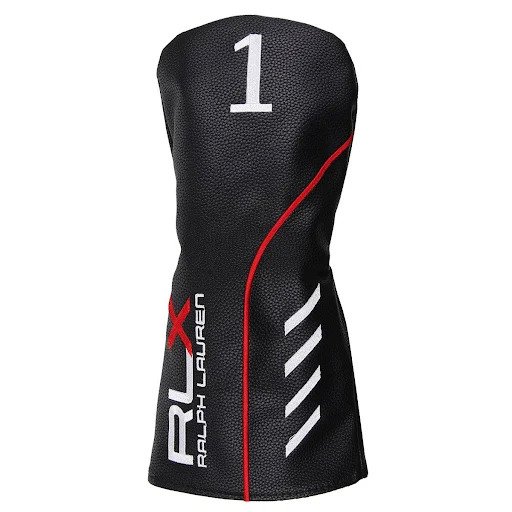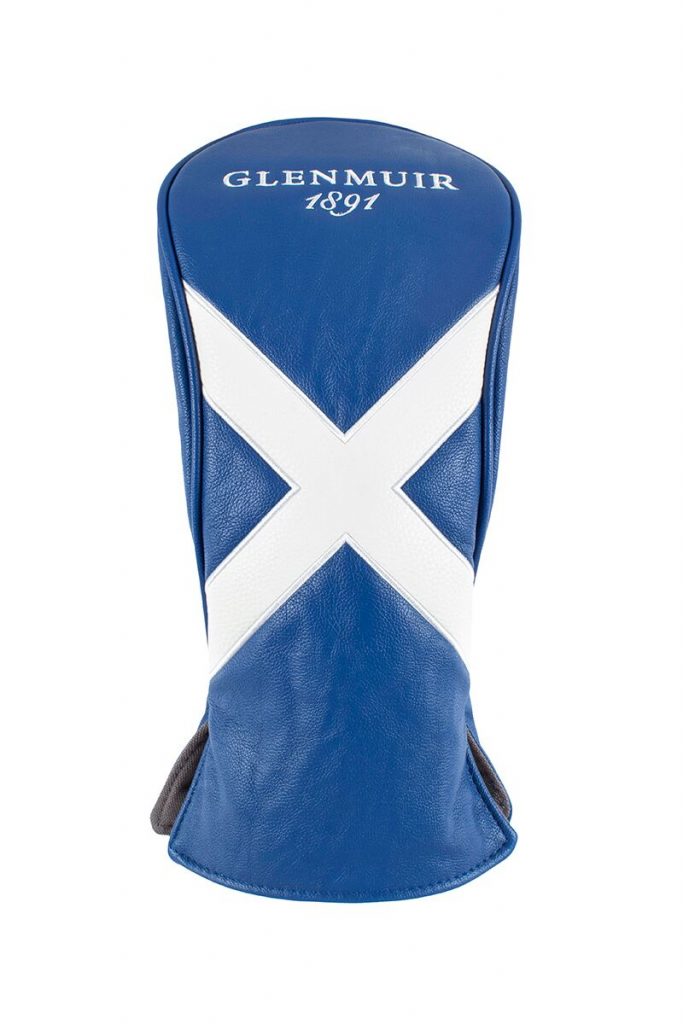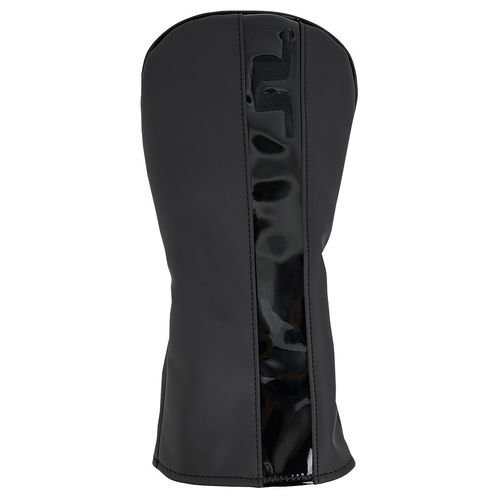The article below was written by Steve Carroll of National Club Golfer.
Green fees are on the rise again. But how much would you shell out to play 18-holes at an iconic venue?
It’s starting to become an annual tradition at the Home of Golf. Green fee prices for the Old Course at St Andrews are increasing yet again.
Golfers will have to shell out £320 for a 2024 high season tee time at the game’s most hallowed ground.
It represents a rise of £25 on this year’s prices and is the latest in a series of hikes imposed by St Andrews Links Trust over the last few years.
In 2021, the equivalent price was £195. That rose to £270 in 2022 and £295 in 2023.
It means players who want to tee it up between April 15 and October 13 next year at the historic course will have to pay 60 per cent more than they did three years ago.
The move continues the trend of top courses rapidly raising their green fees. At the start of this year, NCG reported that 25 of our Great Britain & Ireland top 50 ranked courses charged £250 or more.
Nine of the top 50 were over £300 in 2023 and the Old Course has now joined that number. But they are far from the only big-hitting outfit to stick up their prices for 2024.
Royal Portrush have upped their green fees from £295 to £340 and Carnoustie and Royal St George’s will both also hit the £300 barrier.
Tee times at many of these courses are available at lower rates at other times of the year.
But all of this begs the question, how much are you willing to pay for green fees? Will you continue to fork out ever increasing sums to have an unforgettable experience, or has a line been drawn?
Green fees debate: What is the most you’ve ever paid to play a round of golf?
I set a poll on X asking this very question and, of the 680 votes received, just over 41 per cent of respondents said the most they had paid to play was under £100. Thirty seven per cent said it was between £101 and £200.
With just 22 per cent saying they had spent either £201 to £300 or £301 or more, it seems most are unwilling to pay the green fees demanded by the very elite courses in GB&I.
On X, Michael Verity wrote: “It is mental when rack rates for ONE round of golf start to surpass the annual country/distant membership dues at really good golf courses.”
Mike Dodgson added: “I know they don’t want all and sundry playing their course but you can’t justify that amount of money for a round of golf.”
But Dave Allen countered: “My view is ‘it is what it is’. Like a lot of things in life you have a choice, if you think it’s worth it by all means go ahead, if you think it’s obscene then don’t.”
Here’s what the top 10 courses on NCG’s GB&I’s Top 100 list will cost during peak time summer in 2024:
- Royal County Down: (2024 fee not set, £325 in 2023)
- Muirfield: £340
- St Andrews Old Course: £320
- Turnberry Ailsa £495: (£595 during Open week)
- Royal Portrush: £340
- Royal Birkdale: £340 (£370 on Sundays)
- Carnoustie: £300
- Royal St George’s: £330
- Portmarnock: 275 euros
- Royal Lytham & St Annes: £320 (£380 weekend & Bank Holidays
But do these poll results and comments belie an overall trend of golfers spending more money on once-in-a-lifetime trips?
In the latest GCMA Insights episode of the Golf Club Talk UK podcast, BRS Golf’s Kevin Murray and Karen Moss revealed visitor bookings on Golf Now had passed £11 million in revenue so far this year, with some 737,000 rounds played – a 14 per cent increase on the same period last year.
With the industry having braced itself for a tough year in the face of the cost of living crisis, Murray said that “people are actually spending more on their visitor golf and more often”.
Moss added the effects of increased mortgage and energy costs may not have been fully felt for a lot of people yet, but said many golfers were also looking for bucket list experiences.
Could that demand be helping to drive up prices?
She said: “The feedback that we get from our golfers is that golf is a priority for them. It’s not just a luxury. It’s something they make room for in their budget, that they account for, so they can continue to do it going forward.
“The feedback we got, when we surveyed people in Q2, is that they wanted to play more high-end courses, more expensive courses.
“They’re not just looking to play golf, they were ‘we need an experience. It has to be bucket lists and it’s got to be the whole nine yards’.”




















